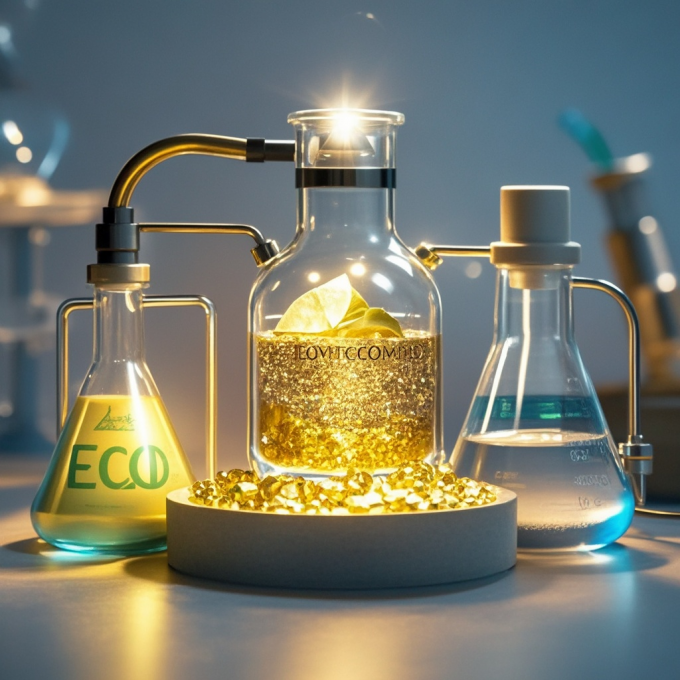Eco-Friendly Gold Extraction Method Emerges, Poised to Reshape Gold Industry Landscape
Recently, as reported , a research team from Flinders University in Australia has achieved a major breakthrough by developing a revolutionary gold extraction technology.
Traditional gold extraction methods have long been plagued by significant drawbacks. Extracting gold from ore typically requires the use of large quantities of toxic chemicals, such as cyanide. While cyanide effectively dissolves gold, it poses severe risks to both the environment and human health. Any leakage can cause long-term, difficult-to-remediate contamination of surrounding soil and water sources. Additionally, electronic waste contains substantial amounts of recoverable precious metals, yet conventional recycling technologies are inefficient, leading to resource wastage and exacerbating environmental pollution from e-waste.
The new technology developed by the Flinders University research team successfully overcomes these challenges. It boasts two major advantages: first, it enables more environmentally friendly gold extraction from conventional ore; second, it allows for highly efficient recovery of precious metals from electronic waste. This means the technology could drive transformative changes in both traditional gold mining and the emerging field of e-waste precious metal recycling.
From a financial market perspective, this technological innovation could significantly impact gold supply. In traditional gold mining, the greener extraction method may reduce production costs. Historically, mining companies have had to allocate substantial funds to address environmental issues caused by conventional extraction methods, such as pollution control and remediation. The adoption of this new technology could reduce these expenses, thereby lowering gold production costs. A decline in costs may lead to increased gold output, and with relatively stable demand, the market could see a more abundant supply, exerting downward pressure on gold prices.
In the field of e-waste precious metal recycling, the efficiency of the new technology could expand this market further. As the pace of electronic product upgrades accelerates, the volume of e-waste has surged, and the value of the precious metals contained within cannot be overlooked. The new technology’s ability to recover these metals more efficiently will enhance the profitability of e-waste recycling companies. This is likely to attract more capital into the sector, fostering the growth of related businesses and driving synergistic development across upstream and downstream industries, creating new investment opportunities.
For gold investors, it is crucial to closely monitor the market changes brought about by this technological advancement. On one hand, if the large-scale adoption of the new technology leads to increased gold production and falling prices, investors may need to reassess their strategies and adjust the proportion of gold assets in their portfolios accordingly. On the other hand, the growth of the e-waste precious metal recycling sector could generate new investment prospects, prompting investors to track developments in related companies and identify promising investment targets.
The introduction of this eco-friendly gold extraction method presents a green transformation opportunity for the gold industry while introducing new variables to financial markets. Whether gold producers, e-waste recyclers, or investors, all stakeholders should proactively adapt to this change, seize the opportunities it presents, and position themselves strategically in the evolving market landscape.
